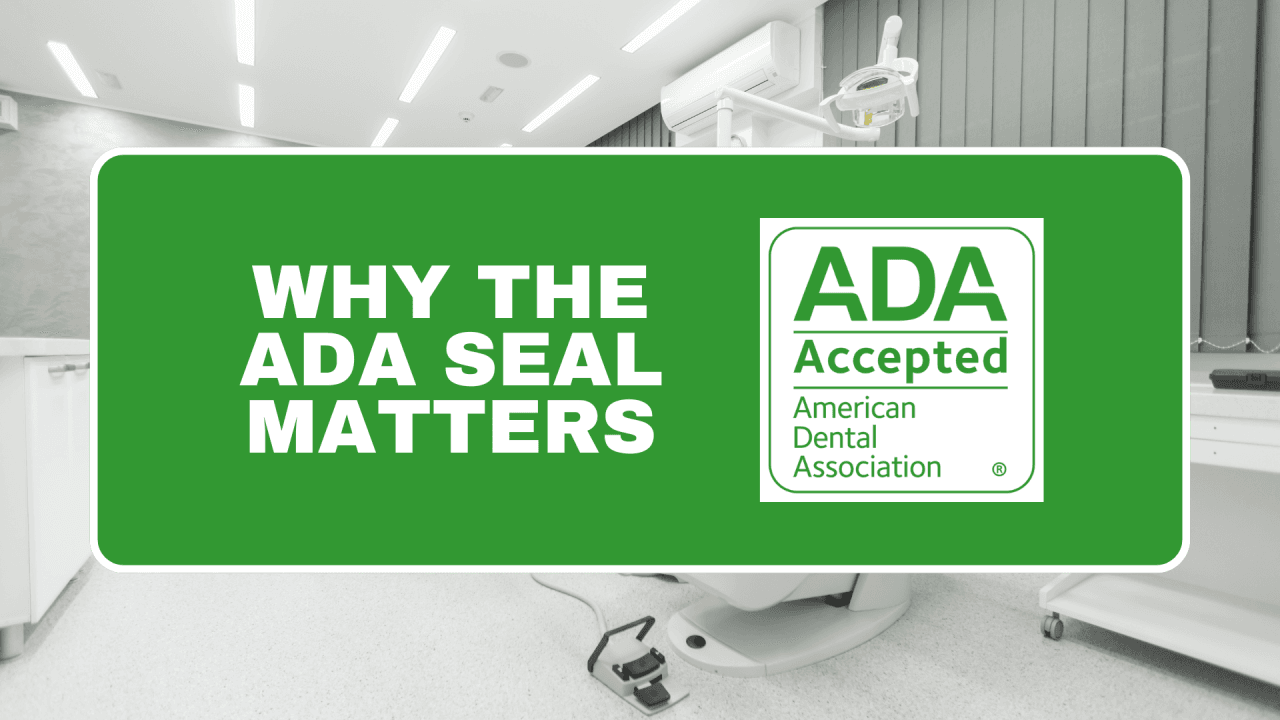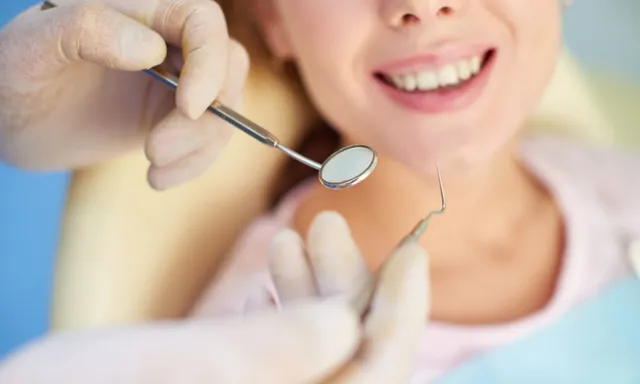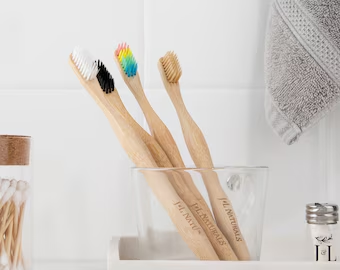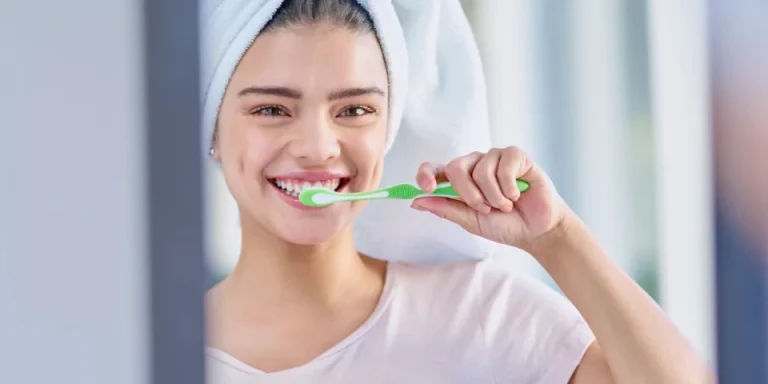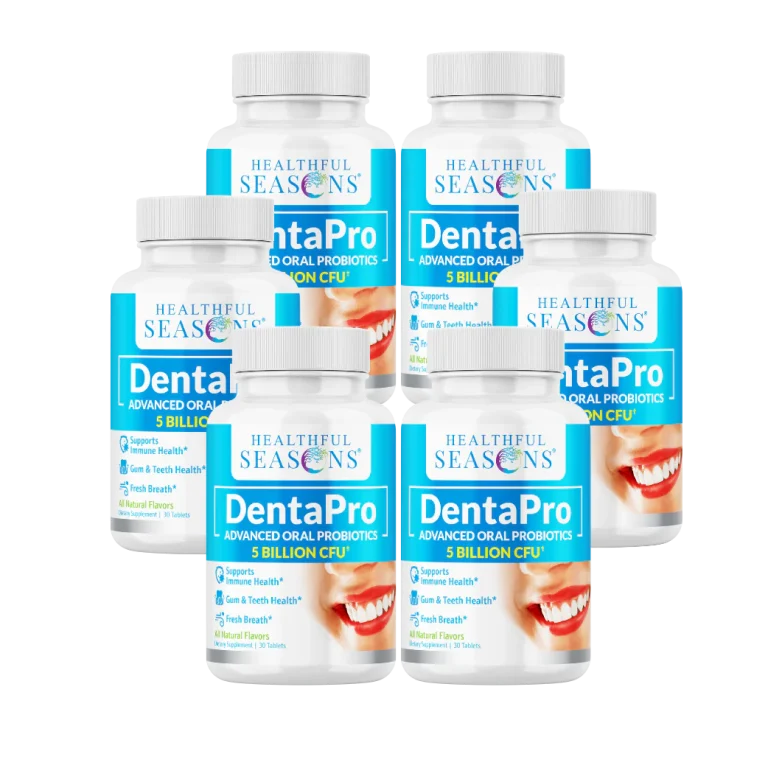The ADA Seal: Why It Matters (And What Alternatives Exist)
Ever wonder if that ADA Seal on your toothbrush is the be-all and end-all of quality? You’re not alone. For years, the American Dental Association’s Seal of Acceptance has been the gold standard for dental products, giving consumers a sense of trust and reliability. But here’s the thing: while the ADA Seal is a great starting point, it’s not the whole story when it comes to finding the best toothbrush for your smile.
Think about it—how many times have you grabbed a toothbrush off the shelf just because it had that little seal? Sure, it’s a quick way to know you’re getting something legit, but what about those lesser-known brands that don’t have the certification? Could they be just as good—or even better? And how can you tell if a toothbrush is truly high-quality, ADA Seal or not?
In this article, we’re breaking it all down. We’ll explore what the ADA Seal really means, shine a light on some hidden gem toothbrushes that don’t carry the certification, and give you the tools to evaluate a toothbrush like a pro. By the end, you’ll be equipped to make smarter choices for your oral health—no guesswork required. So, let’s dive in and get to the root of what makes a toothbrush truly worth your money.
What Does the ADA Seal Really Mean?
Let’s start with the basics: what exactly is the ADA Seal, and why does it matter? The American Dental Association’s Seal of Acceptance is like a stamp of approval from the dental community. It’s not just handed out willy-nilly—products with this seal have gone through rigorous testing to prove they’re safe, effective, and up to the ADA’s high standards.
So, what does it take for a toothbrush to earn that coveted seal? First, the bristles have to be just right—not too hard to damage your gums, but firm enough to clean effectively. The handle needs to be durable, and the overall design has to make it easy to use. Oh, and let’s not forget the testing process: the ADA evaluates how well the toothbrush removes plaque and reduces the risk of gingivitis. It’s a pretty thorough vetting process, which is why so many people trust the seal.
But here’s the kicker: while the ADA Seal is a great indicator of quality, it’s not the only one. Some toothbrushes might not have the seal but still deliver top-notch performance. Maybe they’re made by smaller brands that can’t afford the certification process, or they use innovative materials that haven’t yet been evaluated by the ADA. That doesn’t automatically make them inferior—it just means you might need to dig a little deeper to find the best option for you.
So, while the ADA Seal is a helpful starting point, it’s not the end-all, be-all. There’s a whole world of toothbrushes out there, and some of the best ones might not have that little seal on the packaging. Ready to explore? Let’s keep going.
Hidden Gems: High-Quality Toothbrushes Without the ADA Seal
Okay, let’s talk about the underdogs—those toothbrushes that don’t have the ADA Seal but still pack a punch when it comes to quality. You might be surprised to learn that some of the best brushes on the market fly under the radar simply because they haven’t gone through the ADA’s certification process. And honestly? They’re worth a second look.
Take, for example, brands like Burst Oral Care or Quip. These companies have built a loyal following for their sleek designs, eco-friendly materials, and innovative features. Burst’s charcoal-infused bristles and Quip’s subscription-based model have made waves in the oral care world, even without the ADA Seal. Why? Because they focus on what consumers actually want: convenience, sustainability, and results.
Then there are smaller, niche brands like Radius or Bamboo Toothbrush Co. These companies often prioritize sustainability, using biodegradable materials like bamboo handles and plant-based bristles. While they might not have the ADA Seal, they’ve earned rave reviews for their eco-conscious approach and effective cleaning power.
So, why don’t these brands have the ADA Seal? Sometimes, it’s about cost. The certification process can be expensive, and smaller companies might not have the budget. Other times, it’s about timing—newer innovations might not yet meet the ADA’s specific criteria, even if they’re perfectly safe and effective. And let’s be real: some brands just don’t see the need to pursue the seal because their customers already trust them.
The bottom line? Don’t let the absence of an ADA Seal scare you off. Some of the best toothbrushes out there are hidden gems waiting to be discovered. The key is knowing what to look for—which brings us to our next point: how to spot a great toothbrush, ADA Seal or not. Stay tuned!
How to Spot a Great Toothbrush (ADA Seal or Not)
Alright, let’s get down to the nitty-gritty: how do you know if a toothbrush is actually worth your money, whether it has the ADA Seal or not? The truth is, there are a few key factors you can evaluate to make sure you’re getting a brush that’s effective, comfortable, and built to last. Here’s your go-to guide for spotting a great toothbrush.
1. Bristle Quality: Soft, Medium, or Hard?
First things first—let’s talk bristles. Soft bristles are usually the way to go because they’re gentle on your gums while still being tough on plaque. Medium or hard bristles might seem like they’d clean better, but they can actually damage your enamel and irritate your gums over time. Look for bristles that are rounded at the tips for extra comfort.
2. Head Size: One Size Doesn’t Fit All
The size of the brush head matters more than you might think. A smaller head can maneuver more easily around your mouth, especially if you have tight spaces or a smaller jaw. On the flip side, a larger head might cover more surface area but could be harder to control. Think about what feels right for your mouth.
3. Handle Grip: Comfort is Key
Ever struggled with a slippery toothbrush handle mid-brush? Yeah, not fun. A good toothbrush should have a comfortable, non-slip grip that makes it easy to hold, even when your hands are wet. Ergonomic designs can also reduce strain on your wrist, which is a bonus if you’re someone who tends to brush a little too vigorously.
4. Durability: Built to Last
Nobody wants a toothbrush that falls apart after a few weeks. Check the overall build quality—does the handle feel sturdy? Are the bristles firmly attached? A well-made toothbrush should hold up for the recommended three months of use (or longer, if it’s an electric brush with replaceable heads).
5. Personal Preference: What Works for You
At the end of the day, the best toothbrush is the one that works for you. Do you prefer manual or electric? Straight or angled bristles? A classic design or something more high-tech? Don’t be afraid to experiment until you find the perfect fit.
6. Test It Out: The Proof is in the Brushing
The real test of a toothbrush’s quality is how it performs in your mouth. Does it feel comfortable? Does it remove plaque effectively? Pay attention to how your teeth and gums feel after brushing—if they’re clean and irritation-free, you’ve probably found a winner.
Questions to Ask Yourself
- Does this toothbrush fit comfortably in my mouth?
- Does it clean my teeth effectively without causing discomfort?
- Does it feel sturdy and well-made?
- Does it align with my personal preferences and needs?
By keeping these factors in mind, you can confidently choose a toothbrush that’s right for you—ADA Seal or not. Remember, the best brush is the one that helps you maintain a healthy, happy smile. Now that you’re armed with this knowledge, go forth and brush like a pro!
Conclusion
So, what’s the takeaway when it comes to choosing the perfect toothbrush? While the ADA Seal is a helpful guide, it’s not the only way to find a high-quality brush. From understanding what the seal really means to discovering hidden gems without the certification, you now have the tools to make informed decisions about your oral care.
Remember, the best toothbrush is the one that works for you—whether it’s ADA-approved or not. By focusing on factors like bristle quality, head size, handle grip, and durability, you can confidently evaluate any toothbrush and find the one that keeps your smile healthy and bright.
Ready to take the next step? Share your favorite toothbrush brand in the comments below or ask us for personalized recommendations. Your perfect brush is out there, and now you know exactly how to find it. Happy brushing!
FAQs
1. What is the ADA Seal of Acceptance?
The ADA Seal of Acceptance is a certification mark from the American Dental Association indicating that a dental product has met specific safety and effectiveness standards through rigorous testing.
2. Why is the ADA Seal important?
It provides assurance that a product has been evaluated by dental professionals and is considered safe and effective for its intended use, offering consumers a reliable benchmark of quality.
3. Is a toothbrush without the ADA Seal necessarily bad?
No. Some toothbrushes may be high-quality even without the seal. Smaller brands, innovative materials, or cost considerations can be reasons for not pursuing ADA certification
4. What are some examples of toothbrush brands that don’t have the ADA Seal but are still considered good?
Examples include Burst Oral Care, Quip, Radius, and Bamboo Toothbrush Co. These brands often focus on specific features like sustainability, design, or subscription models.
5. What should I look for in a toothbrush besides the ADA Seal?
Consider bristle quality (soft is generally recommended), head size (smaller for better maneuverability), handle grip (comfortable and non-slip), and overall durability.
6. Are hard bristles better for cleaning teeth?
No. Soft bristles are generally better because they clean effectively while being gentle on your gums and enamel, preventing potential damage.
7. How often should I replace my toothbrush?
It is recommended to replace your toothbrush every three months, or sooner if the bristles are frayed.
8. Does the size of the toothbrush head matter?
Yes. A smaller head can reach tight spaces more easily, while a larger head covers more surface area. Choose a size that feels comfortable and allows you to reach all areas of your mouth.
9. Is an electric toothbrush better than a manual toothbrush?
It depends on personal preference. Both can be effective. Consider what feels most comfortable and what helps you brush most effectively.
10. How can I tell if a toothbrush is right for me?
The best way is to test it. Pay attention to how your teeth and gums feel after brushing. If they feel clean and there’s no irritation, it’s likely a good fit.

